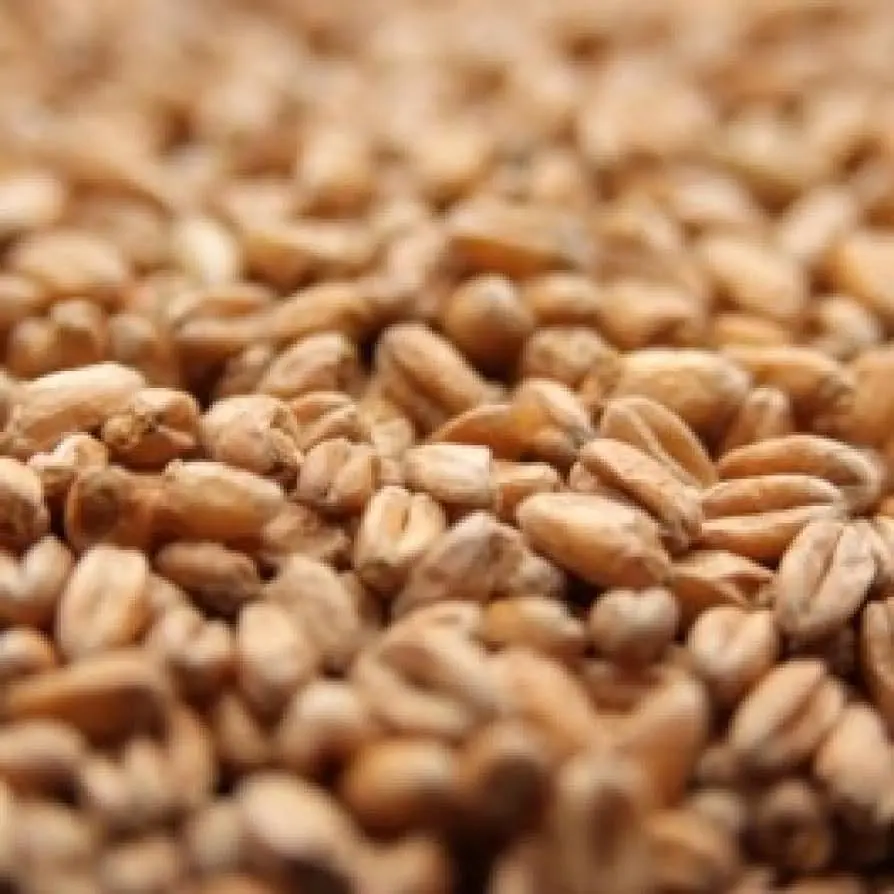When it comes to brewing beer, the types of malt used play a significant role in determining the flavor, aroma, and overall character of the final product. One type of malt that has gained popularity among brewers is smoked wheat malt. In this article, we will delve into what smoked wheat malt is, its uses, and how it can enhance the brewing process.
What is Smoked Wheat Malt?
Smoked wheat malt is a type of malt that is made from smoking wheat grains over a fire. The smoking process imparts a unique smoky flavor and aroma to the malt, which can add depth and complexity to the beer. This type of malt is commonly used in traditional German beer styles, such as Rauchbier, where the smoky character is highly desired.
Uses of Smoked Wheat Malt
Smoked wheat malt can be used in various beer styles to add a distinctive smoky flavor. It is often used in combination with other malts to create complex and balanced brews. Here are some popular uses of smoked wheat malt:
- Rauchbier: As mentioned earlier, smoked wheat malt is a key ingredient in Rauchbier, a traditional German beer style known for its intense smoky flavor. The malt provides the backbone for this style and contributes to its unique character.
- Smoked Wheat Beers: Smoked wheat malt can also be used to create standalone smoked wheat beers. These beers showcase the smoky flavors of the malt and are often enjoyed by beer enthusiasts looking for something different.
- Blending: Smoked wheat malt can be blended with other malts, such as pale malt or Munich malt, to create custom recipes. By adjusting the ratios of different malts, brewers can achieve a desired level of smokiness in their beers.
How Smoked Wheat Malt Enhances the Brewing Process
The addition of smoked wheat malt to the brewing process can bring several benefits to the final product:

- Flavor Complexity: The smoky flavors and aromas from the malt can add a layer of complexity to the beer, making it more interesting and enjoyable for the palate.
- Balancing Sweetness: Smoked wheat malt can help balance the sweetness of other malts, especially in beers that have a higher malt bill. It can provide a slightly bitter and smoky counterpoint to the overall flavor profile.
- Aroma Enhancement: Smoked wheat malt can contribute to the overall aroma of the beer, creating a pleasant and inviting scent that enhances the drinking experience.
Frequently Asked Questions
Q: Can smoked wheat malt be used in non-smoked beer styles?
A: Yes, smoked wheat malt can be used in non-smoked beer styles to add a subtle smoky note. However, it is important to use it in moderation to avoid overpowering the other flavors in the beer.
Q: Where can I purchase smoked wheat malt?
A: Smoked wheat malt can be purchased from homebrew supply stores or online retailers that specialize in brewing ingredients. Make sure to check the product description for the specific smokiness level and origin of the malt.
Q: Are there any alternatives to smoked wheat malt?
A: If smoked wheat malt is not readily available, you can try using other smoked malts, such as smoked barley malt or smoked rye malt, as substitutes. However, keep in mind that these malts may have different flavor profiles, so adjustments to the recipe may be necessary.
Smoked wheat malt is a versatile ingredient that can elevate the brewing process by adding a distinct smoky character to beers. Whether used in traditional German styles or experimental brews, this malt can provide a unique flavor experience for beer enthusiasts. So, if you're looking to add a touch of smokiness to your next batch of beer, consider incorporating smoked wheat malt into your recipe.
If you want to know other articles similar to Smoked wheat malt: enhancing beer with smoky flavors you can visit the Malt category.


Related Articles